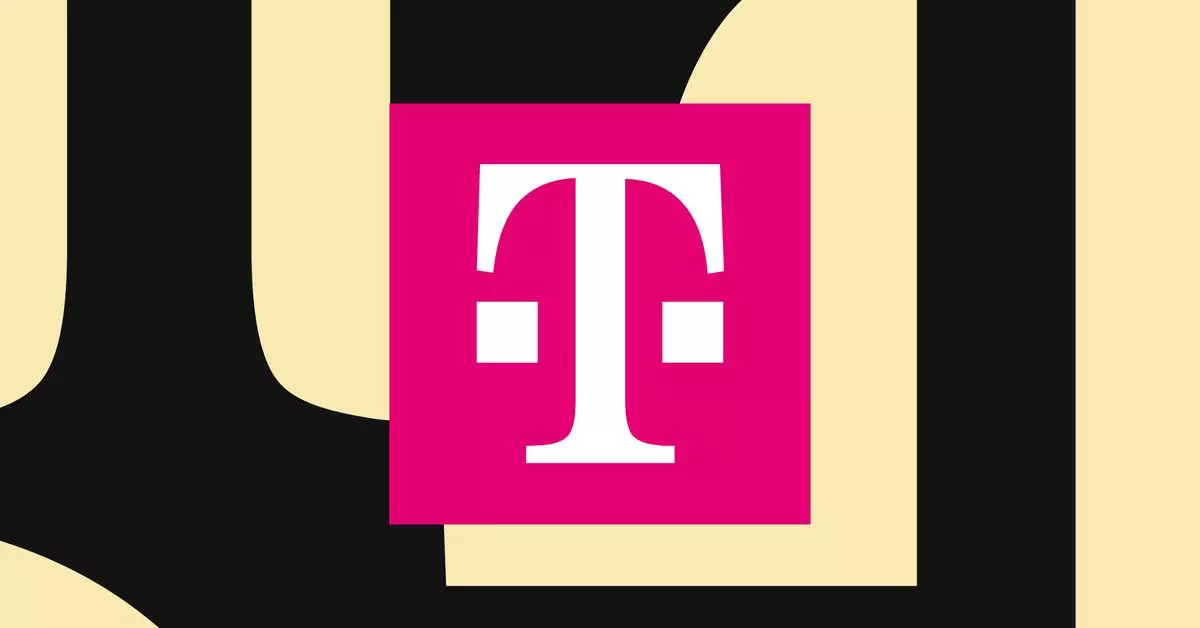In the wake of natural disasters, effective communication is crucial for rescue efforts and public safety. The recent temporary approval granted by the Federal Communications Commission (FCC) to SpaceX and T-Mobile for their innovative direct-to-cell service is a remarkable step towards restoring connectivity in areas severely impacted by Hurricane Helene. As we explore this significant development, the potential benefits and challenges of such technology become evident.
The necessity of reliable communication during crises cannot be overstated. In North Carolina, where Hurricane Helene inflicted devastating flooding and created extensive “blackout zones,” the deployment of Starlink satellites has already started broadcasting emergency alerts across various cellular networks. This timely intervention not only aids in the dissemination of critical information to residents but also highlights the power of leveraging satellite technology in emergency scenarios.
In addition to broadcasting alerts, the partnership between SpaceX and T-Mobile is exploring basic SMS capabilities for users on the T-Mobile network. Such advancements aim to provide a lifeline for individuals stranded without conventional cellular service. Additionally, by utilizing already-orbiting satellites, these companies can offer services without waiting for complete constellation deployment, showcasing a proactive approach in face of urgent circumstances.
Despite the encouraging news, it is essential to acknowledge that significant communication outages persist in various parts of the southeast United States. Recent FCC reports illustrate continuing challenges in maintaining connectivity. While the efforts by SpaceX and T-Mobile are commendable, these “best-effort” services expose the limitations of the current satellite system, particularly as it operates only partially at this stage. Furthermore, the ongoing flooding has severely hampered traditional communication infrastructures, emphasizing the need for robust backup systems.
While SpaceX and T-Mobile’s initiative may offer a temporary solution, it has not come without controversy. Established telecommunication giants such as AT&T and Verizon have raised concerns with the FCC regarding possible signal interference from the Starlink satellites. This opposition underscores an important aspect of innovation; technological advancements often lead to a backlash from existing competitors uneasy about the implications for their services. An optimal balance between innovation and maintaining the integrity of existing networks will be crucial as satellite technology is further tested.
The partnership between SpaceX and T-Mobile heralds a new frontier in telecommunications, especially in emergency response scenarios. While current deployments are focused on specific disaster-stricken areas, the potential for broader applications could reshape how we think about connectivity in rural and underserved regions alike. As satellite technology matures, the hope is that it will provide a robust safety net against future crises, enabling real-time communication no matter the circumstances.
While the approval for direct-to-cell service using Starlink satellites represents significant progress, it is equally essential to keep a critical eye on the challenges and competitive dynamics that may shape its future. Only time will tell how effectively this paradigm shift will address the stark realities faced during emergencies and pave the way for more resilient communication infrastructures.

